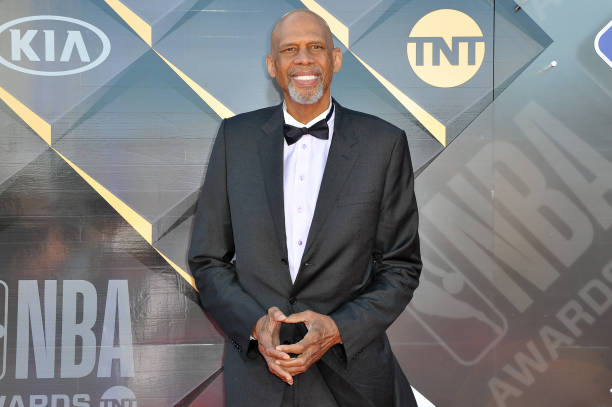By BlackDoctor Editors

Kareem Abdul-Jabbar has built a career of being a dominating force in the NBA. The basketball legend has taken on some of the most aggressive players on the court. One opponent he didn’t think he would ever have to face was cancer.
In 2009, it was announced that the legend was being treated for a rare form of leukemia.
The NBA’s all-time leading scorer was diagnosed the prior year with chronic myeloid leukemia. The then 62-year-old Abdul-Jabbar said he was given a promising prognosis, which clearly met the mark as he beat the illness for more than a decade until he announced last year that he had prostate cancer.
Fortunately, the NBA Cares ambassador revealed that he was a two-time cancer survivor and aimed to educate more people on the illnesses. Although both forms of cancer deserve attention, his rare type of Leukemia has left many daunted.
What is chronic myeloid leukemia?
The American Cancer Society says that cancer starts when cells in the body start to grow out of control. Cells in nearly any part of the body can become cancer and can spread to other parts of the body.
Chronic myeloid leukemia (CML) is also known as chronic myelogenous leukemia. It’s a type of cancer that starts in certain blood-forming cells of the bone marrow.
The American Cancer Society explains that in CML, a genetic change takes place in an early (immature) version of myeloid cells — the cells that make red blood cells, platelets, and most types of white blood cells (except lymphocytes).
This change forms an abnormal gene called BCR-ABL, which turns the cell into a CML cell. The leukemia cells grow and divide, building up in the
bone marrow and spilling over into the blood.
In time, the cells can also settle in other parts of the body, including the spleen. CML is a fairly slow-growing leukemia, but it can change into a fast-growing acute leukemia that’s hard to treat.
What are the treatments?
Although there are a myriad of treatments, options for people with chronic myeloid leukemia (CML) depend on the phase of their disease (chronic, accelerated, or blast phase), their age, other prognostic factors, and the availability of a stem cell donor with matching tissue type.
Chronic phase
The standard treatment for chronic phase CML is a tyrosine kinase inhibitor (TKI) like imatinib (Gleevec), nilotinib (Tasigna), dasatinib (Sprycel), or bosutinib (Bosulif).
If the first drug stops working or it never really worked well at all, the dose may be increased or another TKI might be tried.
Ponatinib (Iclusig) is an option after all of the other TKIs have been tried or if the leukemia cells later develop the T315I mutation.
Switching to another TKI is also an option if a person can’t take the first drug because of side effects.
Rarely, people in chronic phase may be treated with an allogeneic stem cell transplant (SCT). This treatment is discussed in detail in Stem Cell Transplant for Chronic Myeloid Leukemia.









